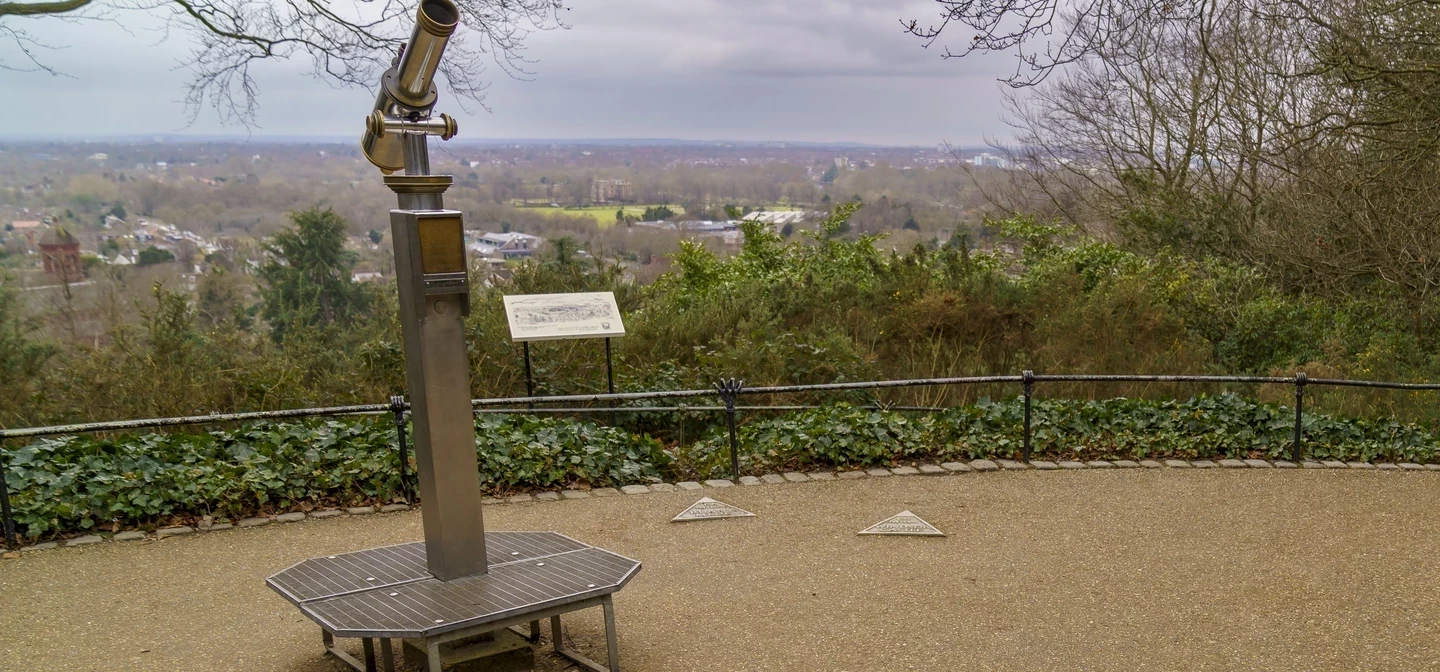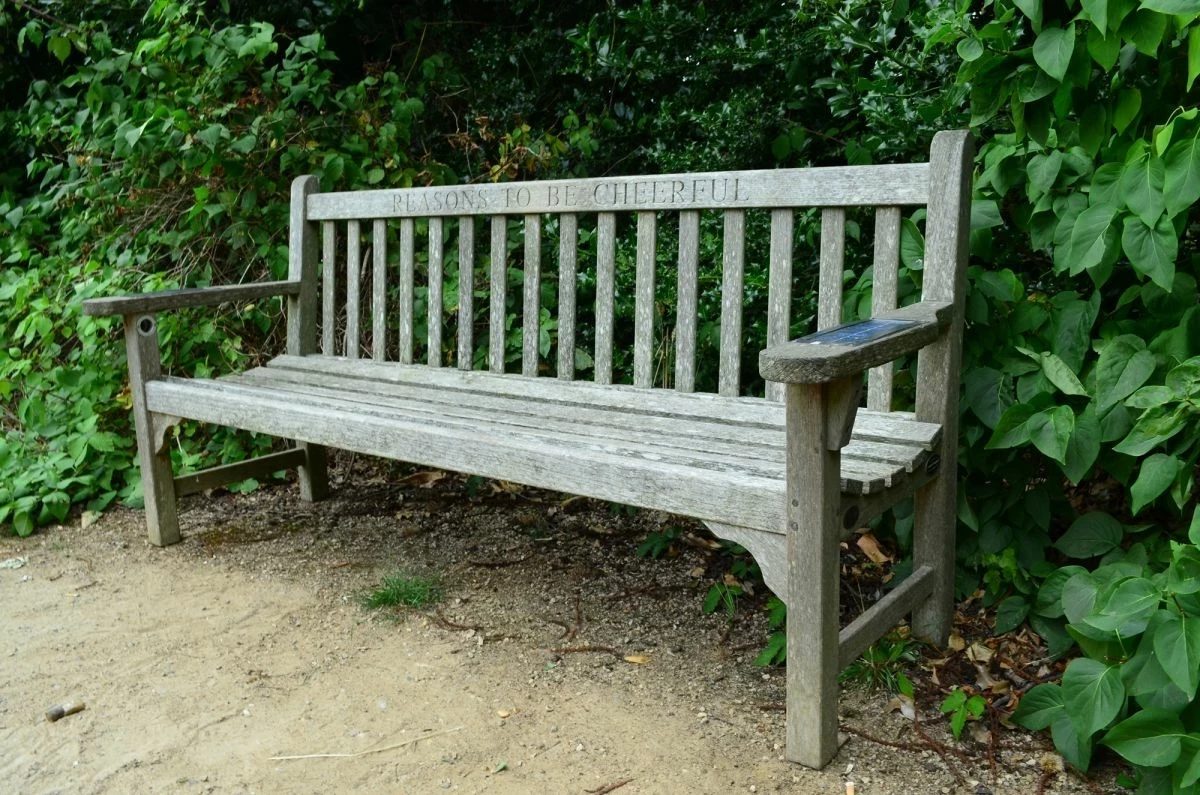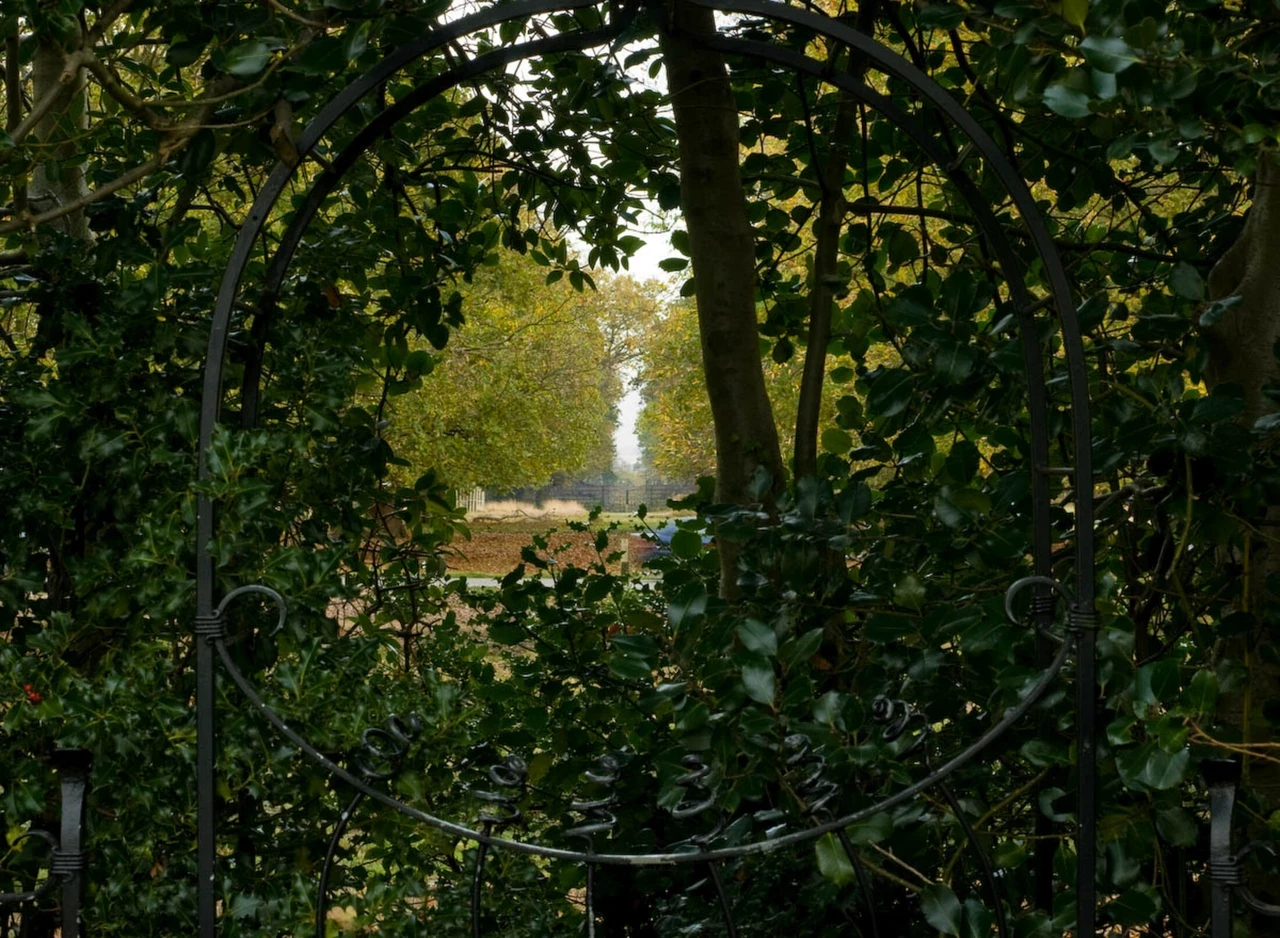
Monuments in Richmond Park
Key information
Richmond Park is famed for its wide-open spaces, flourishing biodiversity and – of course – the famous herds of deer.
Amidst all of this nature, though, are two very special memorials.
In Pembroke Lodge Gardens you’ll find a tribute to rockstar Ian Dury, lead singer of The Blockheads, who was a regular visitor to Richmond Park.
The tribute to Drury takes the form of a bench, inscribed with the words ‘Reasons to be Cheerful’ – one of Dury’s songs. It’s the perfect spot for quiet contemplation, and you can even listen to some of his songs while you’re there.
On the edge of Sidmouth Woods, meanwhile, are some very beautiful gates. Installed to mark the 300th anniversary of St Paul’s Cathedral – which famously can be seen from King Henry’s Mound in – they were donated by the family of renowned environmentalist Edward Goldsmith.
The gates are inscribed with the words ‘The Way’ – the title of a book by the late Goldsmith. See if you can spot the symbols that relate to St Paul’s Cathedral and its celebrated architect, Sir Christopher Wren.
| Monuments index |
|---|
Ian Dury bench
Situated on Poet’s Corner in Pembroke Lodge Gardens lies the Ian Dury bench, in memory of the rock star best known for his songs Hit Me with Your Rhythm Stick and What a Waste.
The back of the Ian Dury bench is inscribed with the words “Reasons to Be Cheerful”, the title of one of Dury’s other famous songs.
Ian Dury, who died in 2000, used to take his children to Richmond Park and this bench was donated to the park by his family in 2002 in his memory.
The next time you visit Richmond Park, sit back and relax on the bench and listen to some of Ian Dury’s famous songs.
You can also listen to his 1996 Desert Island Discs radio interview on the BBC website.

The Way gates
'The Way’ gates are designed by artist blacksmith Joshua De Lisle and were added to the park in 2011 to mark the tercentenary of St Paul’s Cathedral.
Located on the edge of Sidmouth Woods, you can see the gates through the King Henry's Mound telescope and enjoy the protected 10-mile view to St Paul’s Cathedral.
Look out for the concave oak branches which reflect the cathedral’s dome. The small wren low down in the leaves is a reference to cathedral architect Sir Christopher Wren. A robin sings from the opposite branch.
The gates are inscribed with the 'The Way' which is also an epitaph to Edward Goldsmith, author of the book by the same name.
The bark texture has been created to promote algae and lichen growth towards the bottom of the gates to echo the park landscape.
The gates were kindly donated by the family of renowned environmentalist and The Ecologist magazine founder, the late Edward Goldsmith.
